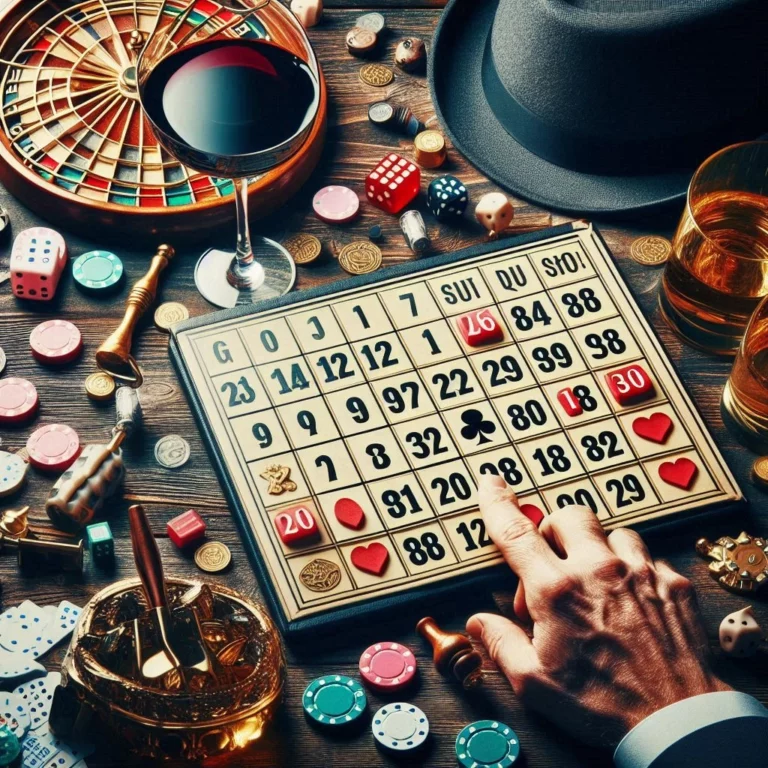In the ever-evolving world of entertainment, few innovations have captured the imagination and excitement of the masses quite like slot machines. From their humble beginnings as mechanical contraptions to their current status as digital powerhouses, slot machines have undergone a remarkable transformation. This article delves into the fascinating history of slots, exploring their journey from the mechanical era to the online revolution, and uncovers why they continue to captivate millions around the globe.
The Birth of Mechanical Slots: A Glimpse into the Past
The story of slot machines begins in the late 19th century, a time when the world was on the cusp of the Industrial Revolution. In 1891, the first true slot machine was invented by Sittman and Pitt in New York. This early machine was a far cry from the sleek, digital devices we know today. It was a mechanical marvel, featuring five drums and 50 card faces, and was based on the popular card game of poker.
However, it was Charles Fey, a San Francisco mechanic, who truly revolutionized the industry with his invention of the “Liberty Bell” in 1895. This three-reel machine, featuring five symbols—horseshoes, diamonds, spades, hearts, and the iconic Liberty Bell—became the prototype for all future slot machines. The Liberty Bell’s simplicity and the thrill of pulling the lever to set the reels in motion quickly made it a sensation.
The Rise of Electromechanical Slots: A New Era
The mid-20th century marked a significant turning point in the evolution of slot machines with the introduction of electromechanical models. In 1963, Bally Manufacturing unveiled the “Money Honey,” the first electromechanical slot machine. This innovation allowed for more complex game mechanics, including the introduction of the first automatic payout mechanism, which could dispense up to 500 coins.
The electromechanical era also saw the introduction of the first fruit machines, which used symbols like cherries, lemons, and oranges, adding a new layer of excitement and variety to the gameplay. These machines became immensely popular in casinos and bars, setting the stage for the next big leap in slot technology.
The Digital Revolution: Slots Go Online
The late 20th century ushered in the digital age, and slot machines were not left behind. The 1990s saw the emergence of online casinos, and with them, the birth of online slots. This transition from physical machines to digital platforms was a game-changer, offering players unprecedented convenience and accessibility.
Online slots opened up a world of possibilities, with developers able to create more intricate and engaging games. The introduction of video slots, featuring high-quality graphics, sound effects, and animations, transformed the gaming experience. Themes expanded beyond traditional fruit and bell symbols to include everything from ancient civilizations to popular movies and TV shows.
The integration of random number generators (RNGs) ensured fair play, while the addition of bonus rounds, free spins, and progressive jackpots added new layers of excitement and the potential for massive payouts. The convenience of playing from the comfort of one’s home, combined with the allure of massive jackpots, fueled the rapid growth of online slots.
The Future of Slots: Virtual Reality and Beyond
As technology continues to advance, the future of slot machines looks more exciting than ever. Virtual reality (VR) and augmented reality (AR) are poised to take the gaming experience to new heights, offering players immersive, 3D environments that blur the line between the virtual and the real.
Blockchain technology is also making waves in the industry, promising enhanced security, transparency, and the potential for decentralized casinos. Meanwhile, the rise of mobile gaming ensures that slots are more accessible than ever, with players able to enjoy their favorite games on the go.
Why Slots Continue to Captivate
The enduring appeal of slot machines can be attributed to several factors. First and foremost, they offer a simple, straightforward gaming experience that requires no special skills or strategies. The thrill of spinning the reels and the anticipation of a big win are universal, transcending age, gender, and cultural boundaries.
Moreover, the constant evolution of slot technology ensures that there is always something new and exciting to discover. From the early mechanical machines to the latest VR experiences, slots have continually adapted to the changing tastes and preferences of players.
In conclusion, the history of slot machines is a testament to the power of innovation and the enduring allure of games of chance. As technology continues to advance, one thing is certain: the future of slots is bound to be as thrilling and dynamic as their past. Whether you’re a seasoned player or a curious newcomer, there’s never been a better time to explore the world of slots.










Leave a Reply